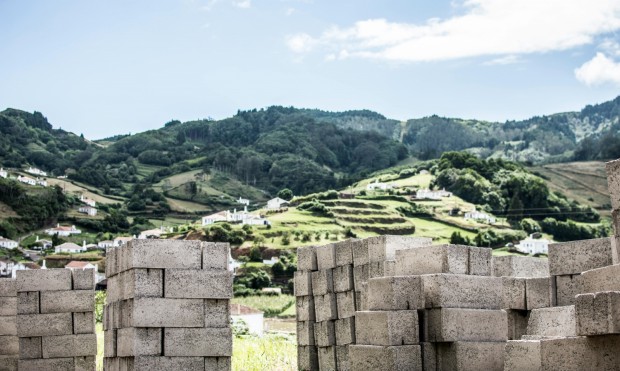Continuous research in the construction industry has led to the development of numerous sustainable substitutes for traditional concrete, significantly reducing carbon emissions. The adoption of these green building materials is crucial for advancing sustainable construction practices and mitigating the industry's environmental impact.

(Photo : Pexels/Kyla Rose)
1. Bamboo Concrete
Due to its increasing popularity, many contractors have begun utilizing bamboo concrete on construction sites. When it comes to flooring, builders utilize bamboo concrete in the form of slabs or tiles, and roofing is accomplished through shingles or tiles. In addition, bamboo concrete can be used to construct outdoor components such as pathways, garden borders, and pavements. Because bamboo concrete is so long-lasting and resistant to corrosion, it is a good choice for use in regions prone to earthquakes and high humidity.
2. Hempcrete
As an alternative to concrete, hemp concrete, also known as hempcrete, combines hemp hurds with lime, water, and various additions such as sand. The significantly reduced water consumption and lighter weight of hempcrete make it considerably more manageable for construction personnel. If you want to control your home's temperature, you can use hempcrete for the flooring, walls, and roofing.
3. Ashcrete
Ashcrete is a more environmentally friendly alternative to concrete. By replacing approximately 97% of its elements with recycled material, it eliminates the dependency on conventional cement. Compared to traditional concrete, it presents not only a reduction in expenses but also an improvement in strength and durability. Ashcrete can be used for various applications, including bridges, pavements, barriers, roads, and structures.
Also Read: Dubai Council Approves Ambitious Plan to Transform Historic Neighborhoods into Open Museums
4. Ferrock
Environmentally friendly building blocks are created using Ferrock, a steel-dust concrete form made from recycled waste from the steel and glass production industries. Ferrock could be utilized as a material that could survive earth movements brought on by earthquakes or industrial activity since it is five times stronger than standard concrete and can endure more excellent compression before breaking. Moreover, during the hardening process, this kind of concrete requires a significant quantity of carbon dioxide, allowing it to act as a carbon-negative material by absorbing and retaining the greenhouse gas.
5. Rammed Earth
Structures made of rammed earth generate very little waste and use local materials, necessitating very little transportation and reducing the amount of carbon emissions they produce. Research has demonstrated that rammed earth is exceptionally long-lasting and resistant to the effects of weather.
6. Mycelium
Mycelium, which flows underground, is the root-like filament produced by fungi. It is possible for them to develop around a mixture of other natural materials, such as straw, and then air dry them to produce a lightweight building material that may be shaped or formed in any desired way. Bricks made of mycelium are not only lightweight but also long-lasting and resistant to mold, water, and fire.
7. Finite
The manufacturing method for finite is less than half as carbon-intensive as that of concrete, even though finite is just as strong as concrete. Unlike concrete, finite can be easily reused and remolded or allowed to decay naturally. Casting it into any form or size is possible, and it can be colored with natural pigments to produce a variety of aesthetics tailored to the use being sought. Also, finite is reportedly robust, adaptable, and ecologically superior.
Related Article: AI-Powered Solutions Revolutionize Construction Waste Management for Sustainable Development







